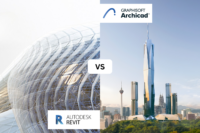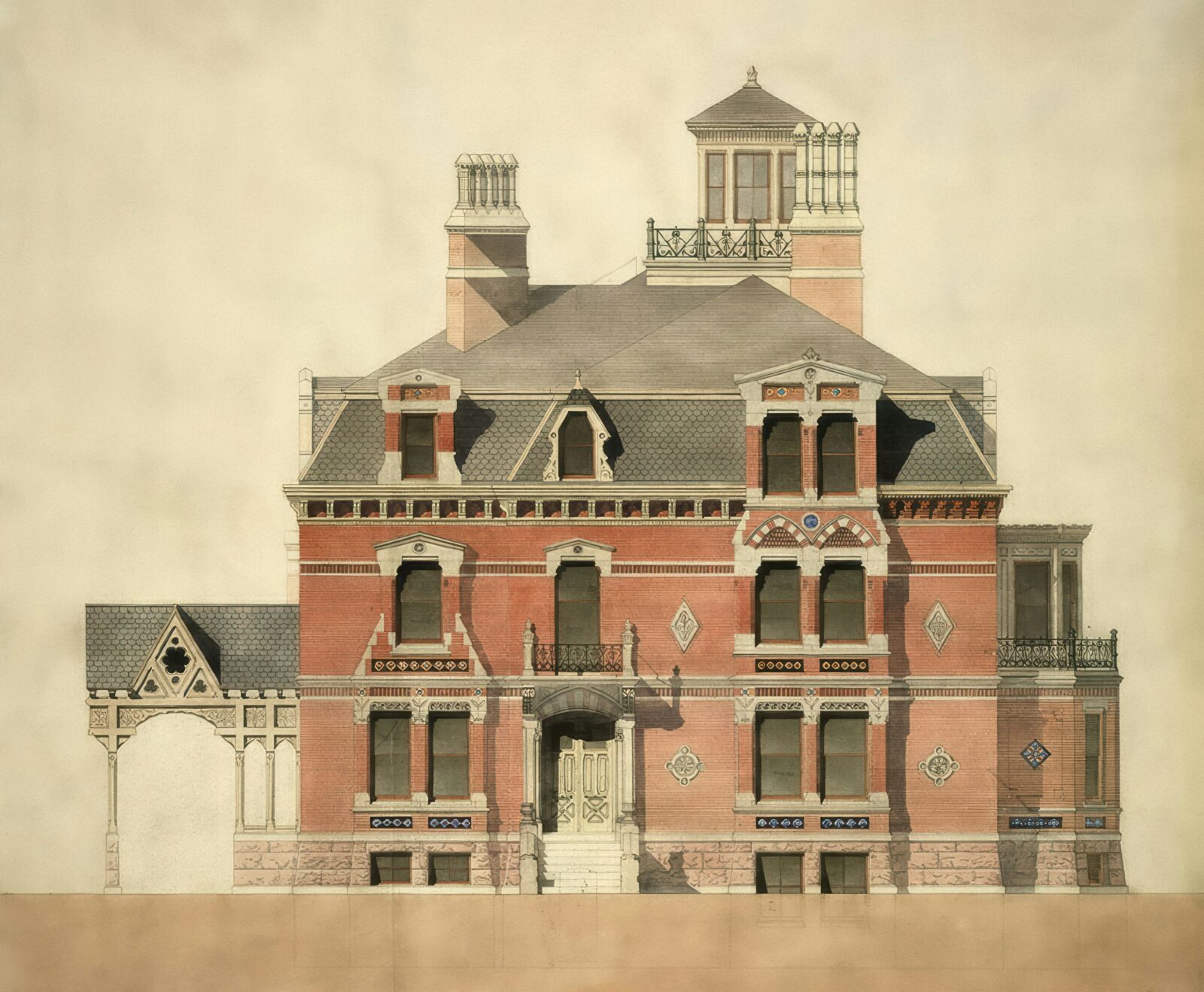- Home
- Articles
- Architectural Portfolio
- Architectral Presentation
- Inspirational Stories
- Architecture News
- Visualization
- BIM Industry
- Facade Design
- Parametric Design
- Career
- Landscape Architecture
- Construction
- Artificial Intelligence
- Sketching
- Design Softwares
- Diagrams
- Writing
- Architectural Tips
- Sustainability
- Courses
- Concept
- Technology
- History & Heritage
- Future of Architecture
- Guides & How-To
- Art & Culture
- Projects
- Interior Design
- Competitions
- Jobs
- Store
- Tools
- More
- Home
- Articles
- Architectural Portfolio
- Architectral Presentation
- Inspirational Stories
- Architecture News
- Visualization
- BIM Industry
- Facade Design
- Parametric Design
- Career
- Landscape Architecture
- Construction
- Artificial Intelligence
- Sketching
- Design Softwares
- Diagrams
- Writing
- Architectural Tips
- Sustainability
- Courses
- Concept
- Technology
- History & Heritage
- Future of Architecture
- Guides & How-To
- Art & Culture
- Projects
- Interior Design
- Competitions
- Jobs
- Store
- Tools
- More
Unlock the Art of Architectural Presentations: Tips, Techniques, and Technology

Creating effective and visually appealing presentation sheets is one of the most essential skills for architects. These sheets are our primary tools for communicating design ideas to clients, colleagues, and stakeholders. A well-crafted presentation can significantly influence how our work is perceived, making it crucial to master this art.
We need to start with a clear concept and design direction to guide our presentations. This ensures our sheets remain focused and effective. Consistency in layout and formatting, including fonts, colors, and styles, is key to creating a cohesive and professional look. By focusing on these elements, we can elevate our architectural presentations to new heights.
Table of Contents
ToggleUnderstanding the Fundamentals of Architectural Presentations
The Role of Narrative in Architecture
Effective architectural presentations require a strong narrative. We need to tell a compelling story about our design to engage our audience. This goes beyond mere descriptions of spaces and materials. We must convey the vision and purpose behind each design decision. For example, a narrative might include the inspiration behind a project’s concept, the cultural and historical context, or how the design meets user needs. Structuring the presentation around a clear story can make it more memorable and persuasive.
Importance of Spatial Dynamics
Spatial dynamics play a crucial role in architectural presentations. It’s essential to demonstrate how people will interact with and move through the spaces we design. This involves illustrating circulation patterns, spatial relationships, and functionality. For instance, showing how natural light enters a room at different times of the day or how spaces transition from public to private can provide a deeper understanding of the design’s potential. By emphasizing spatial dynamics, we help our audience visualize the experience of being in the space, making our presentations more impactful.

Key Elements of Effective Architectural Presentations
Visual Communication Techniques
Effective architectural presentations rely heavily on visual communication techniques. These techniques help us convey complex designs clearly and concisely, ensuring that our audience grasps the key points quickly. We should prioritize high-quality renderings, diagrams, and sketches that highlight the core aspects of our designs. Using a combination of 3D models, orthographic projections, and exploded views provides a comprehensive understanding of the project. For instance, 3D models can illustrate spatial relationships, while diagrams can break down structural and functional elements.
Consistency in style and layout across all visual materials reinforces our design narrative. By maintaining uniform fonts, colors, and line weights, we create a professional and cohesive presentation. Additionally, employing visual hierarchy guides the viewer’s attention to the most critical components of our design. Icons, bullet points, and numbered lists further enhance clarity, making the presentation more digestible.
Integration of Modern Technology
Integrating modern technology makes architectural presentations more dynamic and engaging. Incorporating virtual reality (VR) and augmented reality (AR) allows our audience to experience designs interactively. VR immerses viewers in our projects, providing a sense of scale and space that traditional methods cannot match. AR overlays digital information onto physical models or drawings, enriching the presentation with additional layers of detail.
We should also utilize advanced rendering software to produce photorealistic images and animations. These tools help us visualize materials, lighting, and environmental context accurately. Real-time rendering engines enable us to make instant adjustments based on feedback, fostering a more collaborative design process.
Another technological advancement to consider is interactive digital platforms. Using touchscreens or tablets allows our audience to navigate through different aspects of the presentation at their own pace. These platforms can integrate multimedia elements like video walkthroughs and interactive maps, providing a richer and more immersive experience.
By leveraging these visual communication techniques and modern technologies, we can create architectural presentations that are not only informative but also captivating and memorable.

Practical Tips for Preparing Architectural Presentations
Audience Consideration: Tailoring Your Message
Understanding the audience is crucial for crafting an effective architectural presentation. We need to identify their goals to tailor our message. Are they students aiming to grasp concepts for exams, decision-makers selecting a design for a building, or community members concerned about new developments? Each group requires a different approach. For instance, we highlight productivity features for office spaces to captivate business stakeholders, while emphasizing sustainability for eco-conscious audiences.
Think about three key takeaways for your audience. These should align with their interests and goals. Knowing what resonates with them ensures our presentations leave a lasting impact.
Practice Strategies for Fluent Delivery
Practicing plays a vital role in delivering a flawless presentation. Start by rehearsing the content multiple times, focusing on maintaining a steady pace and clear enunciation. Use tools like timers to refine timing. Record practice sessions to identify areas for improvement.
Incorporate technology for a polished performance. Use PowerPoint, Prezi, or similar software to support our narrative visually. Engage in mock presentations with colleagues to simulate audience interaction. Addressing feedback early helps refine our delivery, reducing jitters and enhancing confidence.
Effective practice strategies ensure that, by the time we present to our audience, our delivery will be smooth, engaging, and professionally polished.
Common Mistakes to Avoid in Architectural Presentations
Overloading Details
Content overload can hinder the effectiveness of architectural presentations. A good presentation should prioritize clarity over quantity. When we include too many specifics, the main ideas can become buried. Excessive details can overwhelm rather than enlighten. For instance, cramming slides with technical jargon or extensive data tables might confuse the audience. Instead of overwhelming them, we should focus on highlighting the core aspects of our project, such as the architectural concept, design direction, and key features. Simplifying information helps retain audience attention and ensures they grasp the essential points.
| Issue | Effect | Solution |
|---|---|---|
| Too much technical data | Confusion, loss of main idea | Focus on core concepts and key features |
| Extensive data tables | Reduced audience engagement | Use visuals to summarize data |
| Technical jargon | Audience disinterest and confusion | Use simple language and clear visuals |
Neglecting Audience Engagement
Audience engagement is crucial for a successful architectural presentation. Merely presenting facts isn’t enough; we must interact with our audience. When we fail to engage, their interest wanes. One common mistake is ignoring the specific interests and goals of our audience. If we’re presenting to community members concerned about a new development, we should address their concerns and interests directly. Another mistake is using jargon our audience doesn’t understand. Clear, relatable language helps maintain engagement. Lastly, including too many words and too few images can make a presentation dull. Engaging images and interactive elements like visualizations can make our presentation more appealing and memorable.
| Issue | Effect | Solution |
|---|---|---|
| Ignoring audience goals | Disinterest and boredom | Tailor content to audience interests |
| Excessive use of jargon | Audience confusion and disconnect | Use clear, relatable language |
| Too few images | Reduced engagement | Include engaging visuals and diagrams |
By avoiding these common mistakes, we can create more effective and engaging architectural presentations that resonate with our audience.
Conclusion
Effective architectural presentations hinge on a balance of clear concepts and consistent visual elements. When we create presentations, incorporating a strong narrative can captivate our audience. By demonstrating spatial dynamics through coherent storylines, we help our viewers connect with our designs on a deeper level.
We must focus on visual communication techniques like renderings, diagrams, and sketches. These elements help us convey complex architectural ideas more effectively. Maintaining consistency in style and layout ensures our presentations appear professional and polished.
Modern technology, including virtual reality (VR) and augmented reality (AR), offers innovative ways to illustrate our designs. By integrating these technologies, we can provide our audience with immersive experiences that traditional methods cannot achieve.
Avoid common mistakes like overloading details and neglecting audience engagement. Instead, we should simplify information, use visuals to summarize data, and tailor our content to the interests of our audience. Using clear language and engaging visuals will help maintain their attention throughout the presentation.
By addressing these critical aspects, we can deliver more effective and engaging architectural presentations. Our goal is to resonate with our audience, ensuring they leave with a lasting impression of our work.
- Architectural Model Presentation Techniques
- Architectural Presentation Drawing Techniques
- architectural presentation skills
- Architectural Presentation Technology
- architectural presentation tips
- architectural rendering tips
- Best Software for Architectural Presentations
- Digital Tools for Architectural Presentations
- effective architectural presentation strategies
- How to present architectural designs
- Improve Architectural Presentations
- Techniques in Architectural Visualization
- Visualizing Architecture Techniques
Submit your architectural projects
Follow these steps for submission your project. Submission FormLatest Posts
How to Use Color and Layout in Your Architecture Presentation Board
An architecture presentation board becomes a powerful storytelling tool when color, layout,...
Enhancing Architectural Presentations: Leveraging Visual Storytelling Tools
In architecture, a design’s brilliance is only as effective as its presentation....
Best Portable Projectors for Architectural Presentations
Architects are constantly presenting their ideas, whether it’s showing design concepts to...
Successful Project Presentation: 5 Effective Tools to Try
After you invest time and effort into a project, you probably want...












Leave a comment